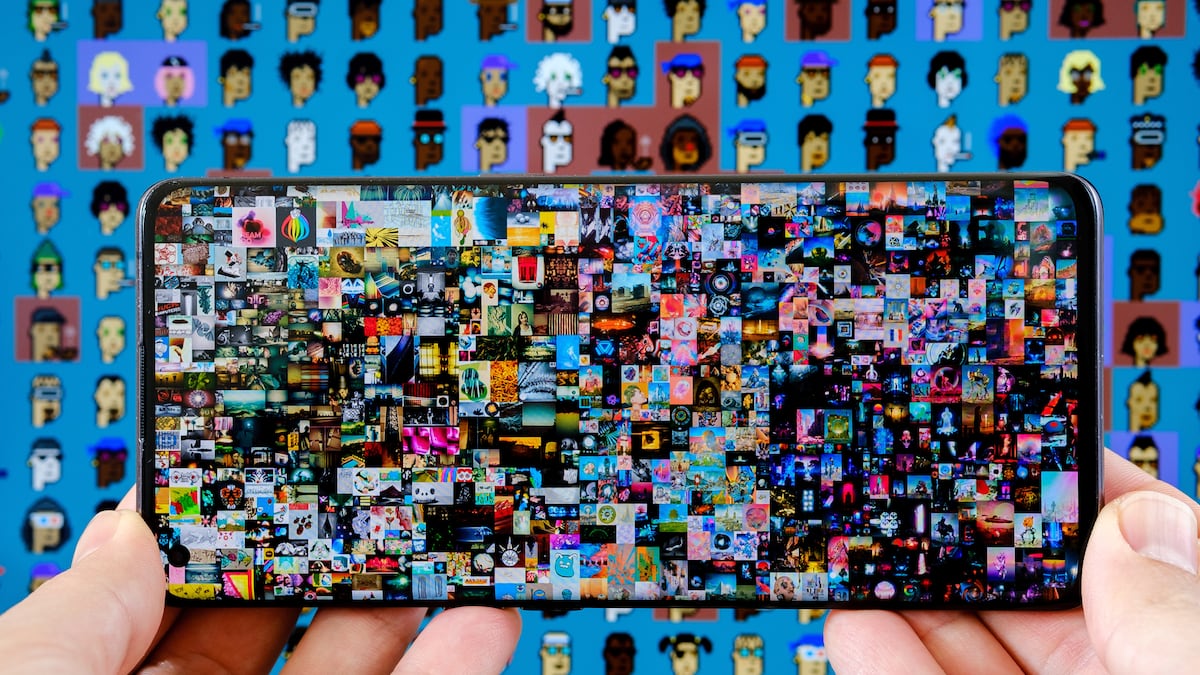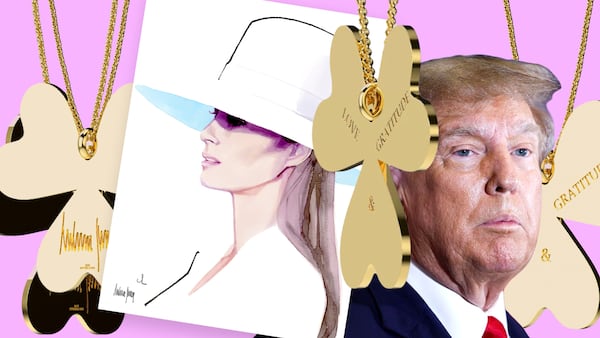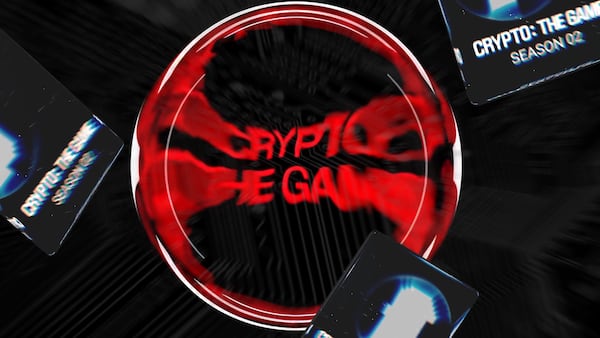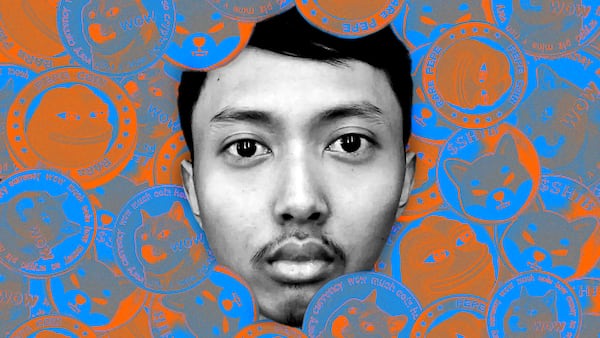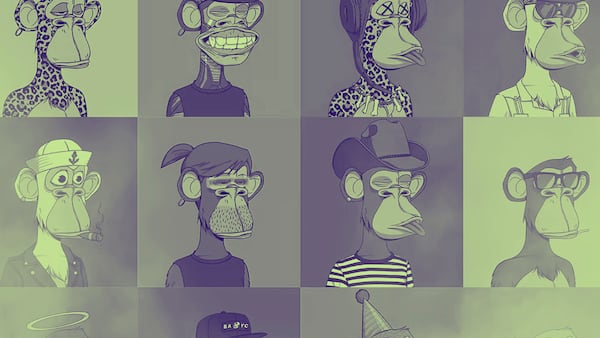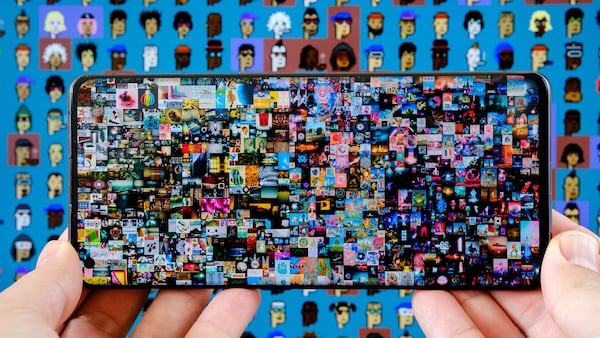- NFTs are trapped in a brutal bear market.
- The Ethereum ETF launch could reignite interest, one analyst says.
- Collectors are still buying to some high-end NFTs.
In 2024, there’s little love left for NFTs.
Popular collections, such as Yuga Lab’s Bored Ape Yacht Club, now cost less than they did before NFT mania began three years ago.
Even CryptoPunks, the top NFT collection with a market value of about $874 million, appear trapped in a brutal bear market.
The market value of an NFT collection is typically calculated using lowest price someone is wiling to sell one of the NFTs for. This does not take into account rare NFTs that trade for many multiples of that price.
The situation won’t change until crypto traders feel rich again, Nicolas Lallement, co-founder of NFT data platform NFT Price Floor, told DL News.
He said that capital “will probably rotate to bluechip NFTs” if the launch of spot Ethereum exchange-traded funds sparks a rally later this year.
Bluechip is a stock-market term for the most reliable and valuable companies on the market.
In crypto, traders use the word to describe tokens or NFTs they consider to have established value.
In essence, Lallement is alluding to a repeat of the market conditions associated with the first NFT bull run.
Demand for NFTs soared in late 2021 after Bitcoin surged some 1,140% the year before.
With vast amounts of newly created capital sloshing around, many who made money piled into NFTs to flaunt their wealth.
“In the end, NFTs act as status symbols,” Lallement said.
Market dilution
There’s no guarantee that money from a market-wide rally will flow into NFTs specifically, let alone those that were previously popular.
“We now have NFTs on Bitcoin, Solana and Ethereum L2s, so the market is not concentrated just in Ethereum as it used to be,” Lallement said.
It’s not just newer NFTs that are diluting the market, either.
“Everyone is currently busy with memecoins and DeFi, especially now that celebrities are also partaking in this,” Mahan Fathi, CEO of NFT analytics site NFT Valuations, told DL News, adding that he doesn’t see a lot of liquidity flowing into NFTs.
Many traders previously used NFTs as vehicles for speculative trading.
The low liquidity of NFTs makes them extremely volatile, creating conditions for huge gains — or total losses.
Memecoins, cryptocurrencies with little use that trade solely on their popularity, have supplanted NFTs as assets of choice for traders looking for high-risk bets.
Memecoins based on presidential candidates, celebrities, and even comic artist Matt Furie’s Pepe the Frog character have gripped the market in recent months.
Pockets of activity
Despite the negative sentiment for NFTs, there are high-end collectors who are still allocating, Fathi said.
In February, a full set of Autoglyphs NFTs sold for $14.5 million. Autoglyphs are among the first generative art NFTs created on the Ethereum network.
Then in April, a rare alien CryptoPunk sold for $12.5 million. Alien Punks are highly coveted because only nine out of the 10,000 strong collection feature that trait.
Still, these sales are dwarfed by those from the previous NFT bull market. In February 2022, another alien CryptoPunk sold for a record-breaking $24 million.
There’s also the question of whether these sales have any bearing on the wider demand for NFTs.
Lallement says they do.
“I expect a trickle-down effect from these high-end NFTs to more affordable ones at some point,” he said.
Update, June 25: This story was updated to clarify how the market value of an NFT collection is typically calculated.
Tim Craig is DL News’ Edinburgh-based DeFi Correspondent. Reach out to him with tips at tim@dlnews.com.


